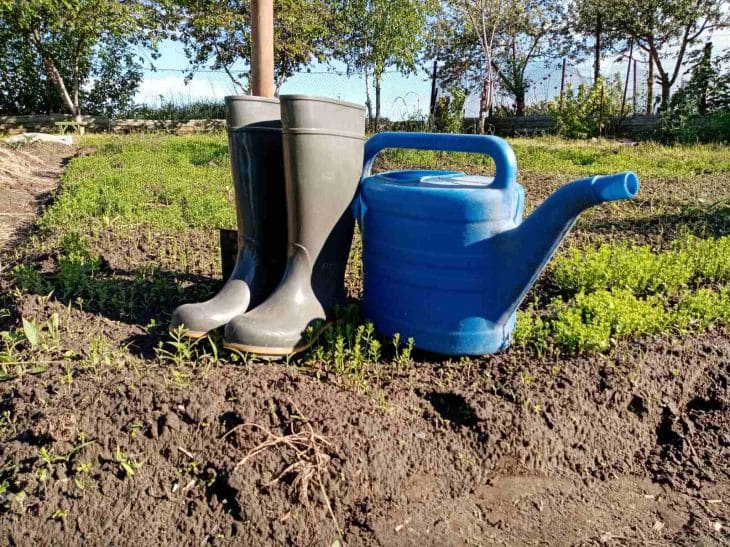The modern gardener has many ways to make seasonal work easier, including watering. Pumps, drip irrigation, the ability to easily store water in barrels, arranging a special gutter to collect water from the roof.
But back in the 19th century, farmer Ivan Ovsinsky developed a method that allowed him to get an excellent harvest even in the driest summer without resorting to watering. And this secret is still relevant today.
Who is Ivan Ovsinsky?
Ivan Ovsinsky is the founder of the soil conservation farming system, an innovator of his time who revolutionized the approach to agriculture.
In creating his farming system, this talented agronomist took into account the relationship between soil, plant and environment.
Observing the nature and behavior of agricultural crops, he became convinced that plants have a kind of intelligence, and that nature provides all the processes necessary for survival, which only need to be introduced into the agricultural system.

And one of such processes is watering without watering. Progressive modern gardeners have already tried Ovsinsky's beds, so you can find detailed information about their design in various sources and read or watch reviews. This article also provides the essence of the method.
How Ovsinsky watered without water
From school and personal practice we know that when hot air interacts with a cold object, condensation forms on the surface of the object, i.e. droplets of water. This is moisture contained in the air. Dew falls in the morning according to the same principle – warm air comes into contact with cold ground.
Ivan Evgenievich noticed this natural feature and used it in the fields. According to his method, a strip of wheat (or any other crop) 30 cm wide was sown, and then there was a strip of empty land 60 cm wide. During the season, the empty strip was regularly loosened to a depth of 5 cm. For loosening, Ivan Evgenievich created a special horse-drawn cultivator.
Hot air entered the loose earth and came into contact with the cold soil at depth, which led to the formation of condensation.
The most interesting thing is that the hotter the weather, the more condensation forms (up to 2 liters per day per 1 sq. m).
How to arrange beds in the garden
The vegetable garden can be divided into the same strips and the soil between the rows can simply be loosened from time to time.
But there is an even less labor-intensive method. Modern gardeners have improved Ovsinsky's method and adapted it for small plots.
They make beds no more than 60 cm wide and passages 60 cm wide. Thin branches, sunflower tops or other coarse organic matter are placed in the passages, and weeds are placed on top. The branches prevent the organic matter from compacting, hot air gets under them and forms condensation, which feeds the plants with moisture, since their roots will reach even into the passage.
The bed itself also needs to be mulched to a height of at least 7 cm. The soil under the mulch will remain cold, and hot air, getting under the mulch layer, will form condensation.
When using mulch, you will not only not need to water the beds, but also loosen them.








